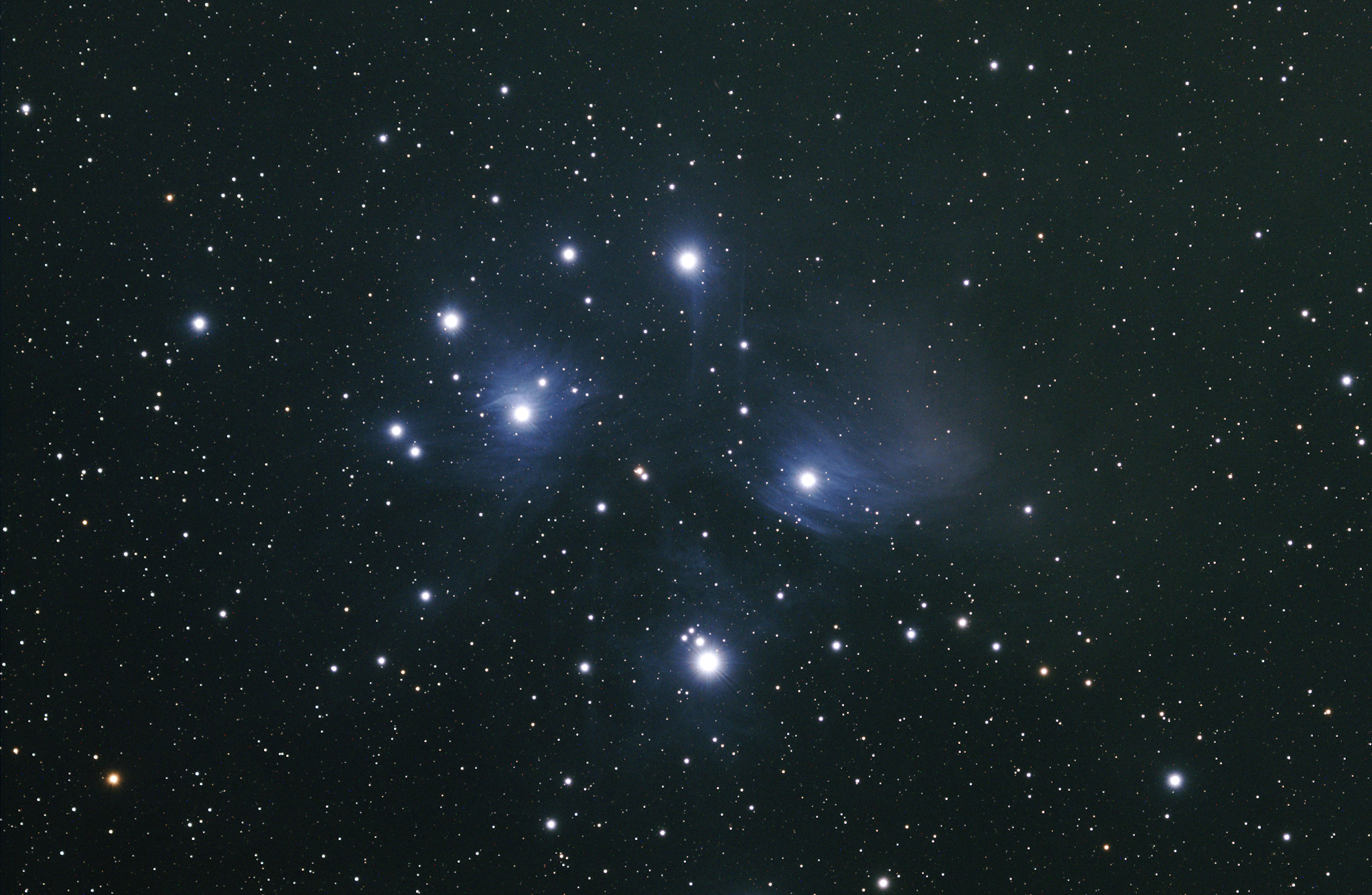The Great Orion Nebula: M42

The Great Orion Nebula (Messier 42) Located below Orion's belt in the constellation of Orion, the Great Orion Nebula is the brightest nebula visible in the night sky. Even under light polluted skies, M42 can be seen with only a modest set of Binoculars (try it out if you haven't yet). The Orion constellation: 1/11/2021 at 10:45PM EST from SE MI The Constellation of Orion can be found during the winter months by looking south. As of today, January 11th, it will be visible in the south-east after sunset, reach its highest directly south at 11pm, and begin to set in the West just past 2:30am (for those of you in or near Michigan). I usually look for the 3 stars in a line that make up Orion's belt along with the two much brighter stars Betelgeuse (above the belt) and Rigel (below the belt). ...
